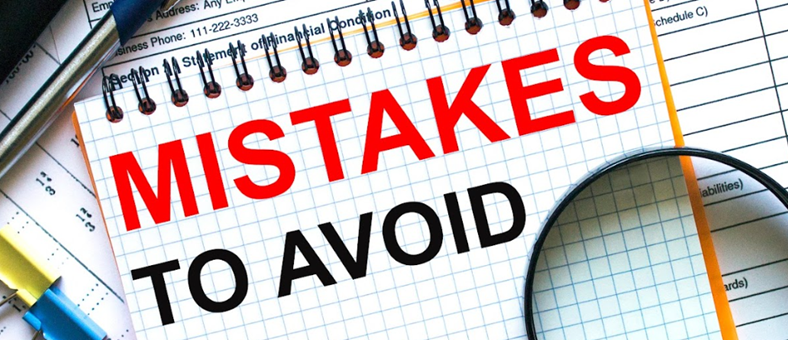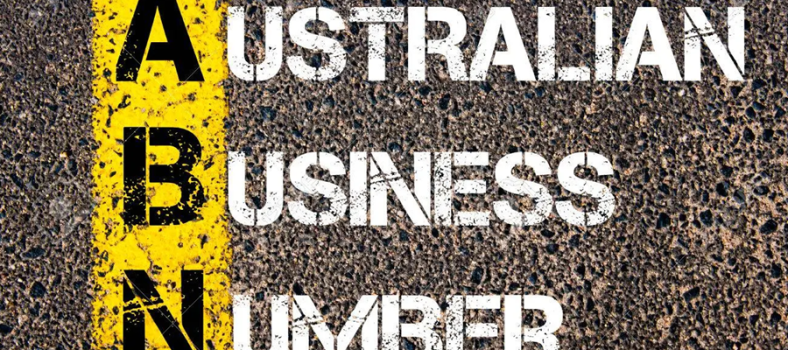10 tips to respond competently to industrial spills
In some industrial facilities or workplaces, spills are almost unavoidable. The most important thing to do when Spills occur is to react quickly and prevent further damage! If the workers are using hazardous materials or chemicals, it is considered to be an Emergency Spills.
Steps to take during a spill response:
1. Ensure personal safety: As with all emergency response situations, personal safety is the number one priority. When the response team arrives with their spill control solutions, personal protective equipment (PPE) is critical. If unsure what PPE is required, consult the SDS of the spilled substance before proceeding. Furthermore, if the spill remains unidentified, it is better to use the highest level of PPE available in the facility or contact emergency services on 000.
2. Identify the spill: Employees should be trained not to rush through unknown situations. The first step to respond to spills is by identifying the material. Knowing the liquid that’s spilled is essential for safety and proper response. Employees should be trained to safeguard themselves and to identify the material that is spilled.
3. Notify the concerned authorities: If the employees are unable to figure out the liquid that’s spilled, ensure the concerned authorities are notified regarding the same. In most cases, triggering the alarm is an ideal method to adopt! Raise the alarm when the spill is visible or unidentifiable, when a spill response team is required or when there is some sort of a ‘funny’ smell.
4. Plan ahead and stock up the supplies: Planning ahead of time saves time when there is an actual emergency. Work Health and Safety regulations and Australian Standards require adequate amounts of spill response and control equipment is ready at all times. Your minimum stock holding should be sufficient to deal with a spill from your largest container in each area of the workplace. Failure to be adequately prepared can result in fines of up to $30,000.
5. Ensure life safety: Any trained spill responder would tell you that safety is priority! Only is it is safe to do so, assist the injured and help them recover once the trained spill responder is ready with the gear and necessary supplies.
6. Contain the spill: The primary step a trained spill responder takes is to contain or control spills. The most common method of doing this is to place either absorbent or non-absorbent booms around the perimeter of the spilled area.
7. Stopping the source of the leak: A trained spill responder will identify and stop the leak. Turn off the emergency valve or cover the hole or leak securely. In the worst-case scenario, shut down the complete area of spills to avoid further damage.
8. Clean up and decontaminate the spill: Once everyone is safe, clean up the area and decontaminate the place using cleaning tools and supplies. Once the cleaning tools and supplies get contaminated, dispose them safely, so that they don’t harm any other employees.
9. Re-stock: After completing the necessary paperwork, restock the supplies used during the response. This includes equipment and gears such as PPE kits, spill kits; spill containment pallets etc. Restock them at the earliest so that the employees can be prepared to face such emergencies efficiently.
10. Always stay prepared: Hire spill response training and maintain the equipment used for spill control. Hold drills to make sure the employees get trained to handle such situations.






No Comment